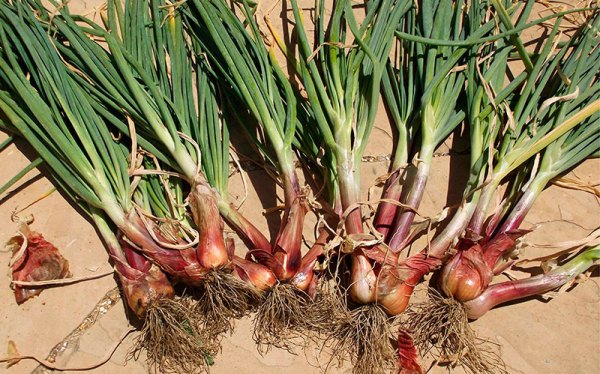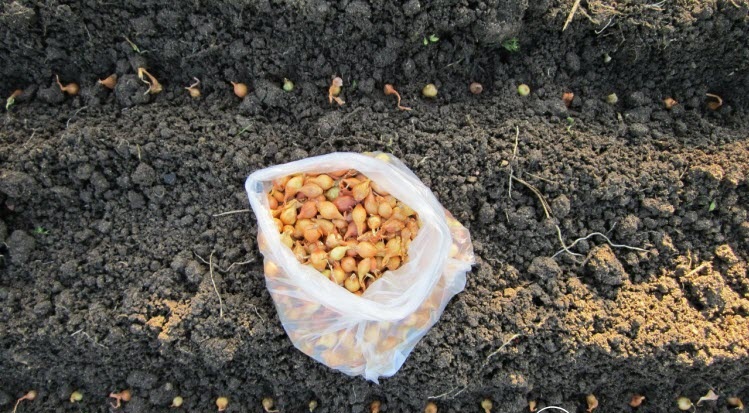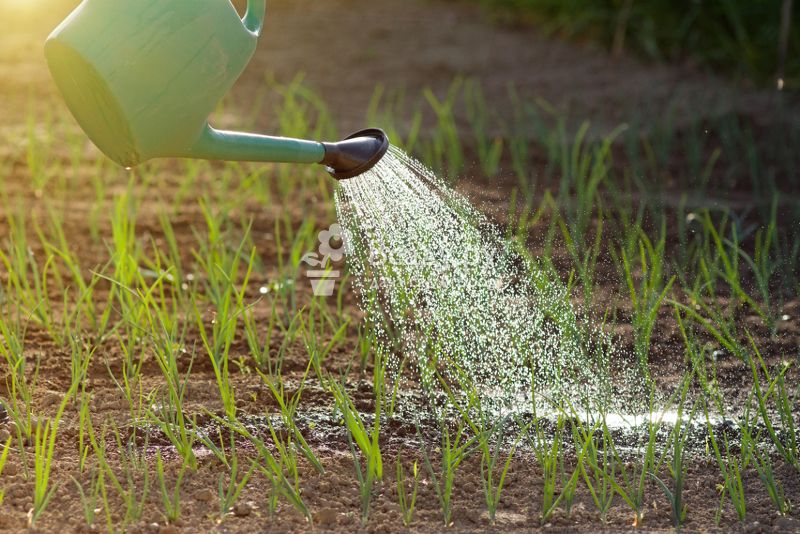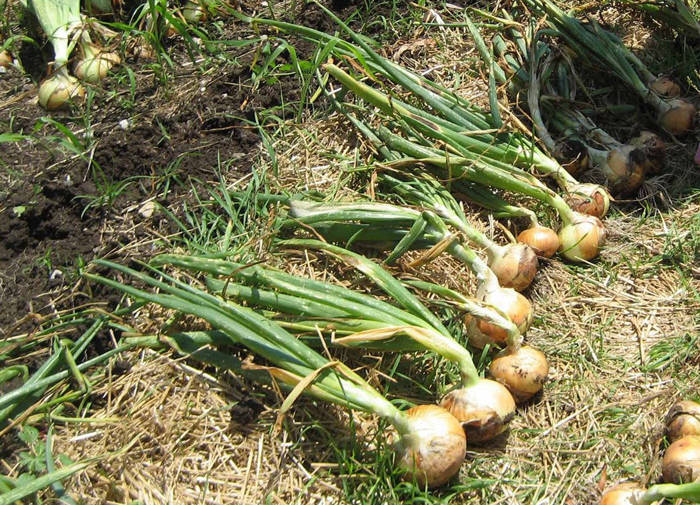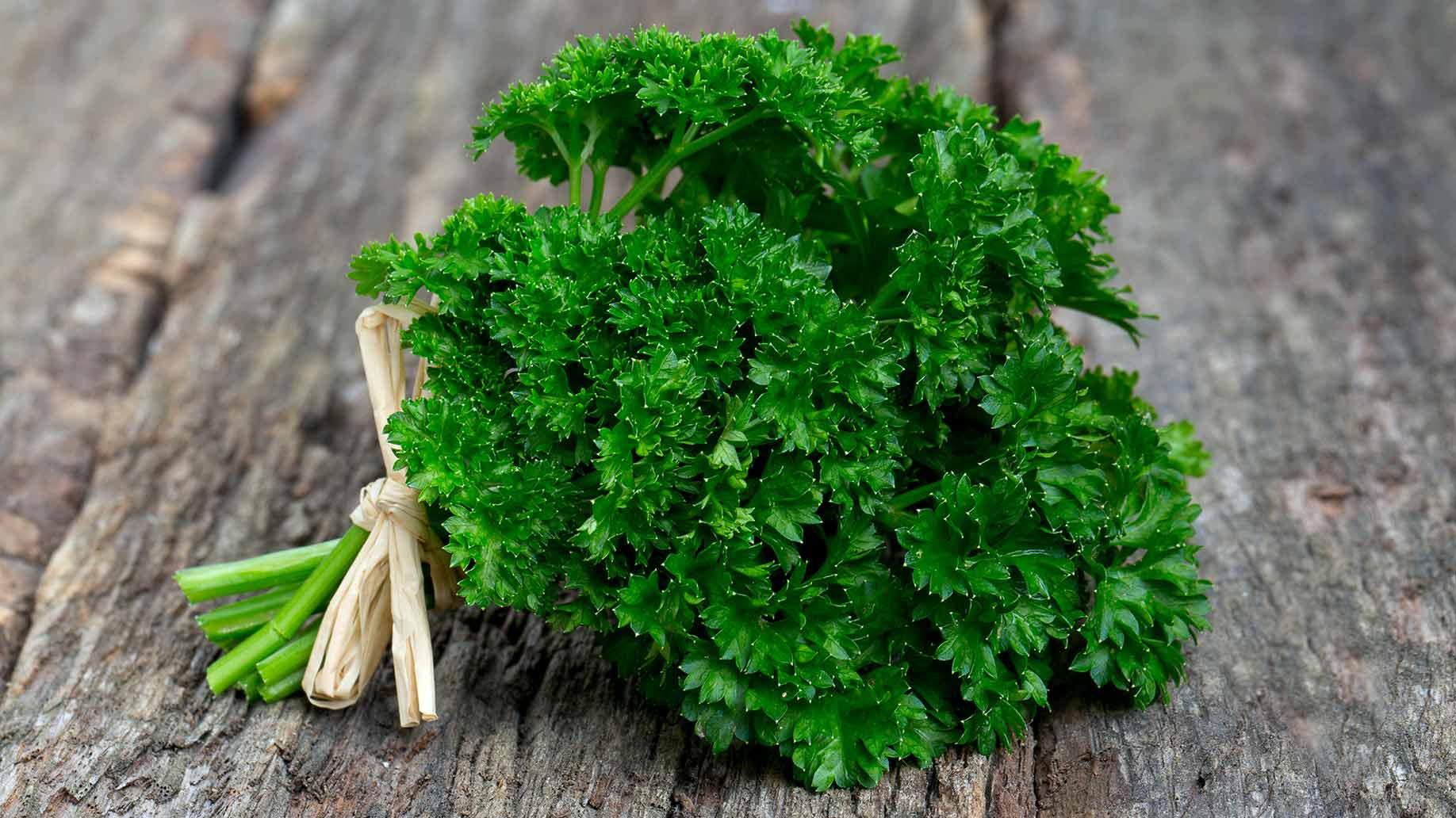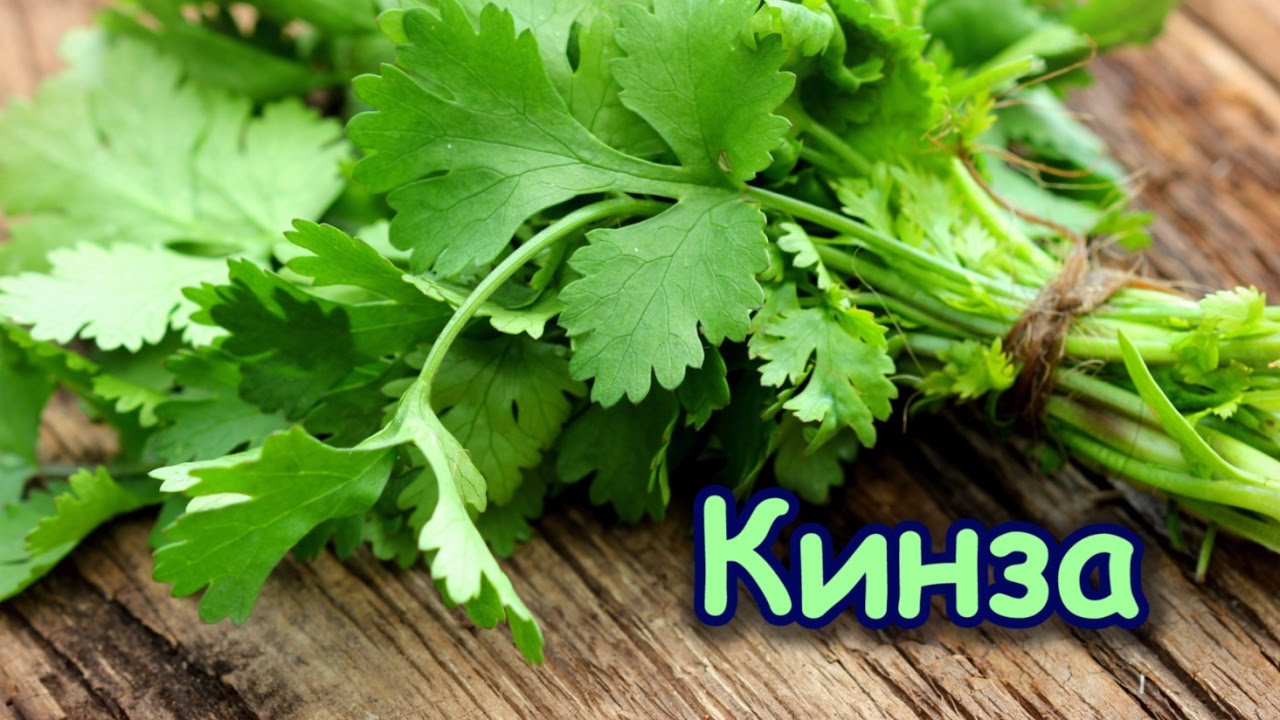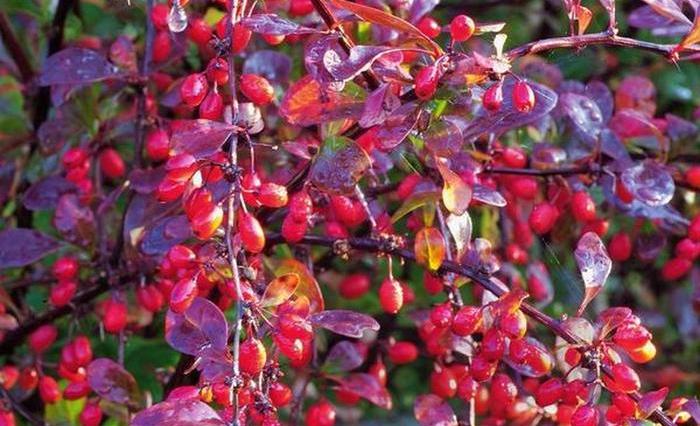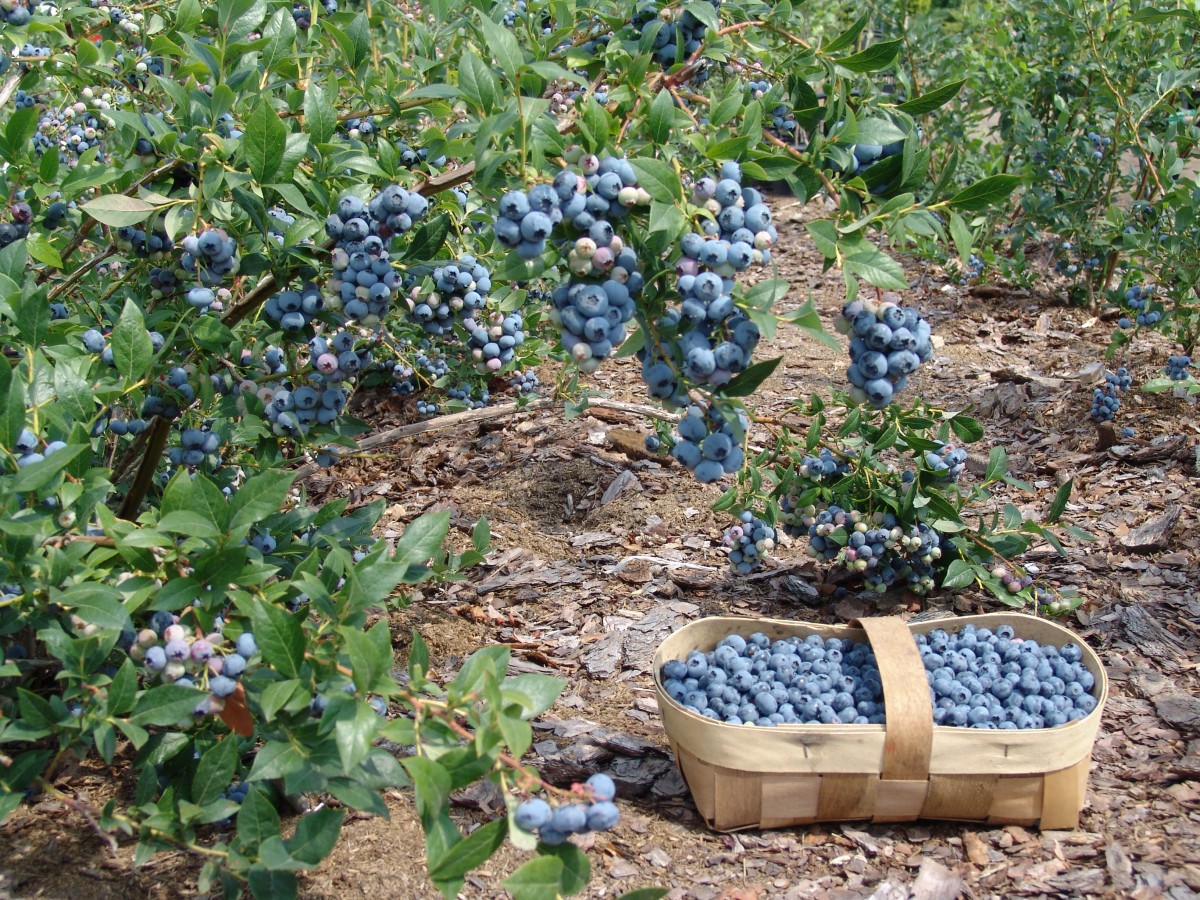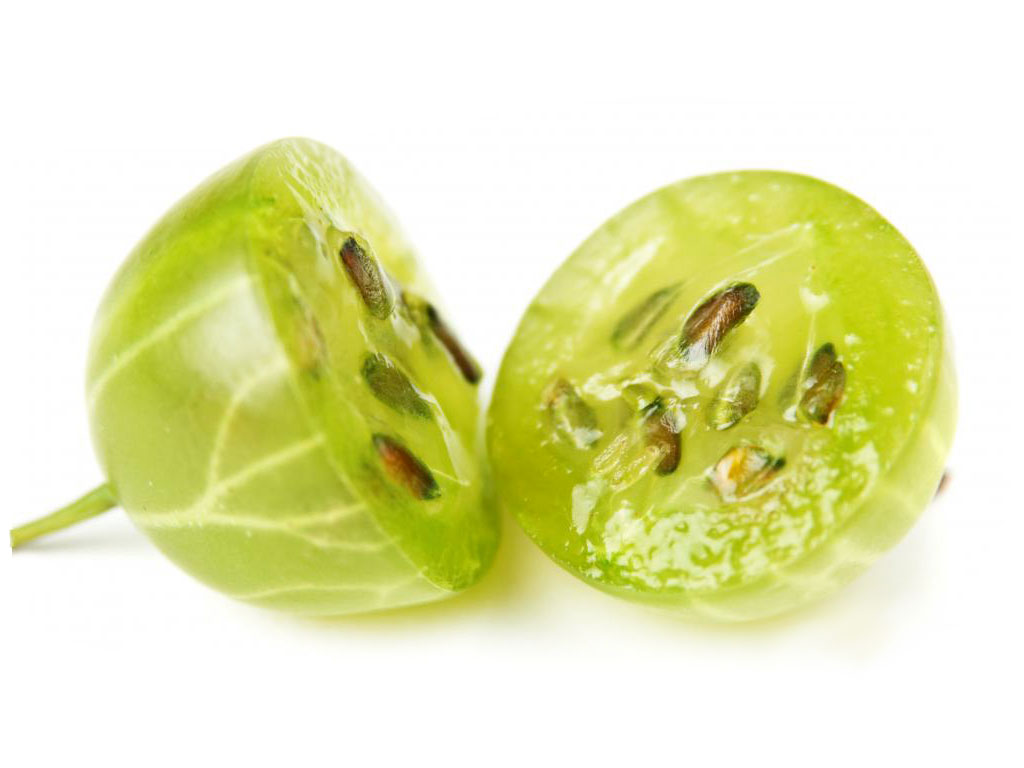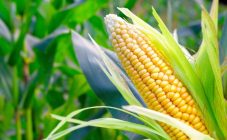Content:
Many farmers are interested in how to plant Family onions in autumn, spring, how to care for them. This is not surprising, because Semeyka is distinguished by a particularly mild and aromatic taste, juiciness. As the description of the plant in the scientific literature makes clear, an onion bush can grow to a height of 30-50 cm in height. One fruit weighs about 25-40 grams. The diameter and shape of the fruit can be very different and depend on the planting date, variety and area. Experience shows that in one nest, from 4 to 10 bulbs can grow. A valuable characteristic of a vegetable, thanks to which Semeyny is so fond of farmers, is good keeping quality.
The most common varieties of Family onion are: Monastyrsky, Sophocles, Siberian yellow, Garant, SIR-7, Earring, Zolotinka.
Experienced farmers point out that it is not difficult to grow a plant, but it is important to adhere to agronomic planting rules and provide the plant with proper care.
Agrotechnical features of growing
Planting of both Family onions and Onions is carried out on fertile soils. The first variety will give good results even when planted in difficult ground. The main thing is that the drainage system is good. A non-acidic soil, neutral, is better suited to the plant. The best predecessors will be: potatoes, peas, beans, pumpkin, zucchini. It is allowed to plant Family onions in the same place once every 3 seasons.
Since Family Onion is a cold-resistant crop, it can be grown at temperatures from 4 ° C. This plant also withstands short frosts - up to -4-6 ° C, therefore it can be planted without problems in such harsh regions, for example, as Siberia. Such a biological feature allows the owner to independently decide what will germinate more first. If you need to have the largest root fruits, then planting in open ground should occur in early spring. The melt water will replace frequent watering and the bulb will quickly grow to size.
In the event that, first of all, the owner wants to enjoy the green stalks of the vegetable, then it is necessary to sow it when the soil temperature is more than + 15 ° C. Some owners determine the sowing date by looking at the lunar calendar.
Planting family onions in the spring on a head should be done in moist soil. The plant feels the greatest need for water when the bulbs and leaf apparatus themselves begin to grow intensively.
The need for air humidity is insignificant. The optimal indicator at the time of sowing is 60-70%.
The best time to plant a plant is March-April. Autumn is also a good time to plant some varieties of onions. For podzimny planting (including in a region such as the Urals), the following varieties are better suited: Albik, Sophocles, Siberian yellow.
Breeding methods for Family onions
As a rule, family onions reproduce vegetatively. One hole yields 5-10 bulbs annually. Of these, several are left for planting, and the rest are eaten. Vegetables weighing 100 grams are most suitable for reproduction. In the event that the owner decides to plant bulbs large in size and weight, he will receive as a result about 6-8 small-sized fruits.As experienced farmers point out, the larger the bulb to plant, the more individual vegetables you can get.
Planting seed bulbs
Preparatory stage
A good harvest largely depends on how careful the preparation of the planting material and soil has been.
First you need to select the most suitable bulbs for planting. Dry scales are removed from them until the base becomes juicy. Next, the bulbs are disinfected: they are placed in a solution of copper sulfate for 20 minutes.
Before planting, pickled onions must be rinsed under running water and then dried naturally.
In the event that the planting material has been preserved for a long time and has already lost its strength, it can be soaked in solutions of complex fertilizers. The duration of this process is at least 10 hours.
If the owner wants to get large fruits, he needs to cut each onion in half. Do this horizontally, trying to ensure the same number of roots. Consequently, each of the halves will contain approximately 3-4 rudiments. There is no need to process the slices in any way, they will dry out themselves and will be ready to be placed in the soil.
As far as soil preparation is concerned, this process is not something special for the farmer. The area allotted for the garden needs to be dug well. During such work, fertilizers can be applied immediately. For each square meter, it is allowed to add 5 kg of humus and another glass of ash. Optionally, you can add 2 tbsp. superphosphate. If the soil is clay, it is recommended to mix it with sand: 5 kg for each square meter.
Disembarkation process
The planting scheme provides for the formation of deep 2-3 furrows on the bed. It is better to plant the bulbs in a checkerboard pattern. If the variety is distinguished by large fruits, the distance between the heads should be at least 25-30 cm.If the fruits are small, then 15-20 cm.In the event that the vegetable is planted solely in order to get greens, you can save territory and keep the distance 10-15 cm.
The optimum planting depth is 5-8 cm. If you place the half at a shallower depth, there is a high probability that its root system will dry out. Falling asleep, onions can be huddled in the same way as potatoes. It is important that the thickness of the top layer is not less than 3 cm. From above the bed is watered abundantly with clean water.
Sowing seeds to obtain seedlings takes place in a slightly different way. To do this, you first need to prepare a container: wooden boxes or plastic containers. You can fill them with soil purchased in a specialized store or soil from the garden prepared since autumn. The distance between the rows in the classic version is 4-6 cm.
Growing onions in greenhouse conditions involves maintaining a stable temperature regime. There will not be a good result if the room temperature drops below + 14 ° C. Small containers are sometimes covered with plastic wrap or glass to provide a greenhouse effect.
Sunrise care
In order for the root system to develop well, seedlings need to be watered frequently. It is especially important to do this in the first month after the emergence of seedlings. In the first week, watering should occur at least once every 3 days. Over time (if the weather is not too hot), you can reduce the frequency to 1 time in 7-10 days. In the first half of the growing season (when the root system is formed), the soil should be moistened by 30 cm.
Since Semeyka has, as a rule, a friendly sprout, soil mulching and top dressing can be performed only 1-2 times a season.
In order not to injure the still very weak root system, it is necessary to loosen the soil between the rows, and not between the plants themselves. For the first time, the depth of loosening should be 6-8 cm, for the second - 5-6 cm.
How to plant seedlings
It is allowed to open and plant seedlings in open ground approximately 50-60 days after sowing the seeds. For this period, the plant should already have at least one green feather, as well as a developed root system.
Landing
The landing technique involves several stages:
- The seedlings themselves, even at the previous place of residence, need to be watered generously;
- Remove the plant from the ground and shake it off slightly;
- The roots should be cut by about a third, so that about 3-4 cm in length remains;
- The roots are dipped in a mullein or clay mash;
- Place the plant in the hole at least 1 cm deeper than the one in which it grew earlier. The optimal distance between the seedlings is 15-20 cm. The distance between the rows should be at least 45-60 cm. The optimal plant density is 10 square meters. m. - 500-600 pieces;
- The bulbous bush (seedlings) is covered with earth.
In order for moisture to evaporate less from the plant, and the plant itself has successfully taken root, you can break off its leaves by a third.
Immediately after planting, the garden must be watered generously. For 40 bushes, you will have to spend about 8-10 liters of water. After that, the ground around each individual plant must be compacted (tamped). This action will help to avoid the appearance of voids at the roots, therefore, prevent drying out. After that, you can do mulching.
It is allowed to loosen the ground on the third day after planting the plants in a permanent place. In parallel, you can replace wilted bushes that have not started with new seedlings.
Plant care
Just like seedlings, an adult plant needs proper care. A lot of water is required by the onion Family, planting and care are never complete without watering. In temperate climates, you need to water the garden every 7-12 days. If the region is hot and there is a lot of sun, you need to water every 3-4 days.
It is better to choose a time for this activity when the sun has not yet risen high in the sky or has already sunk.
The last watering should be done about 3-4 weeks before the crop is harvested.
During the season, loosening between the rows should be carried out approximately 3-4 times. The depth of the process is determined by the farmer independently and depends on the level of development of the root system. The weaker it is, the more delicate the care should be. The last loosening is carried out one month before harvest.
Removing weeds is an important job for those owners who want to get a rich and rich harvest.
The first feeding of the plant occurs approximately 10-12 days after planting the seedlings in open ground. The best option for this would be a mixture of water and bird droppings or mullein (in a ratio of 1:10). You can also add another 25 g of urea to this solution. One bucket of this fertilizer should be used per 10 sq. m beds.
For the second feeding, experts recommend using potassium-phosphorus fertilizer. It helps speed up the ripening process of the bulbs and improves the keeping quality of the crop.
How to collect and store Family bow
A signal that the crop is already ripe and must be removed from the ground for further storage is the state of the leaves. In no case can you speed up this process on your own, otherwise the bulbs will not be stored for too long.
If the plant was planted in the fall, winter and spring were successful, then you can harvest it in mid-July. If vegetables were planted in spring, then the second half of August will be the best period for harvesting.
It is better to remove the onion by hand. After digging it up, they must put it on the garden bed. Unlike garlic, Family requires ripening, that is, additional stay in the open air. For this, as a rule, farmers allot another 10 days. Don't worry about rain or bulbs re-sprouting into the ground.
Before putting the vegetable in boxes or bags for long-term storage, you need to carry out the so-called manual cutting, that is, manually tear off all unnecessary from the bulb.
In the fresh air, but under a canopy, the onion should stay for several more weeks. When the fruits are well dried, they can be poured into containers and moved to the basement.
Thus, we can conclude that which Family onion grows in the garden largely depends on the care and efforts of the owner himself. Moisture and well-prepared soil is the key to a rich harvest, and correct manual harvesting is the main condition for long-term storage.
